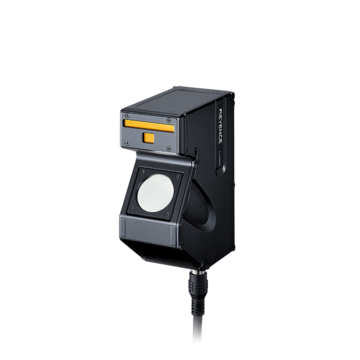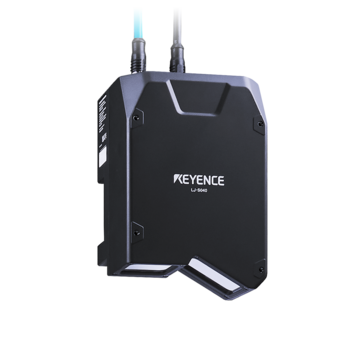Measurement Sensors
Dimension Measurement
Displacement Measurement
Sensors for Meat Processing
Global demand for meat is growing. Meat processing factories must improve their production processes to keep up, but navigating quality control is a challenge. Factories must ensure high-quality products while also focusing on maximum profitability and throughput. As a result, inline food sensors are becoming more common.
Get detailed information on our products by downloading our catalog.
View Catalog![Automated Measurement and Inspection Examples [Food and Containers]](/img/asset/AS_138240_L.jpg)

The Significance of Sensors in Meat Processing Optimization
Sensors provide a wide variety of benefits (like quality control) in meat processing optimization.
Quality control efforts start from the receiving and handling stage, typically when a meat processing factory receives carcasses from farms or other sources.
Human vision cannot thoroughly examine raw materials for disease and other abnormalities (let alone detect microorganisms).
Therefore, high-quality sensors are needed to detect signs of contamination and diseases. With this information, human inspectors can then make informed decisions about the next line of action.
Using sensors this way optimizes meat quality control and ensures that high-quality goods are sent out to the consumer market. Plus, this pre-inspection effort contributes to all efforts geared toward delivering safe products for consumers.
Another significant benefit of using sensors in meat processing optimization is the precision measurement of meat thickness. More meat per cut improves profitability for the business, ensuring they can stay in business and serve more consumers. Laser profilers are useful in this particular case. These sensors can detect and accurately measure uneven/curved surfaces. When measuring meats for cuts, they can also recognize the fat cap, shoulder bone, and other curved edges to help optimize the cutting process.
Advantages of Using Sensors in Meat Quality Inspection
Efficient meat processing inspection is aimed at meeting regulatory standards. Sensors also help manufacturers improve operational efficiency by ensuring all necessary checks and evaluations are done right the first time. The use of measurement sensors can provide the following benefits:
Compliance with Regulatory Standards
Strict regulatory requirements in the food industry protect consumers from health risks associated with contaminated food products. Precision meat inspection means production companies can stay on the right side of the law.
Reduced Labor Costs
Modern sensor technologies can automate many manual inspection tasks. This leads to decreased labor costs and increased profits.
Data-Driven Decisions
Valuable data and information gathered from images captured by sensors can help manufacturers deliver better food products.
Discover more about this product.
Click here to book your demo.

Choosing the Right Meat Processing Sensors
A wide variety of measurement sensor types are available. Visual inspection cameras, hyperspectral imaging cameras, and laser profilers are some examples applicable in different use cases. Laser profilers can be used to measure and inspect meat products and packaging, whether during production or after.
One example is the KEYENCE's LJ-X8000 Series, which is compatible with many applications. It has a linewidth reach of over 720 mm and creates high-resolution images. This may be perfect for scanning larger meat carcasses or employed during the inspection of packaging boxes.
Optimize Your Operations with Meat Packaging Sensors
Defective packaging boxes may negatively affect the aesthetics of food products and overall brand recognition. Laser displacement sensors and laser profilers are examples of tools that can be used in meat packaging inspections to spot deformations, labeling misalignments, seal integrity, and more. Instead of using human labor for this inspection aspect, sensor applications can be used for even better results.
Here at KEYENCE, we provide a range of measurement sensors for the food and beverage industry. To learn more about how our laser sensor technologies can help automated meat processing inspection, contact us today.
Contact us to learn more about how our advanced technology can help take your business to the next level.
Contact Us
Related Products
Applications
Dimension Measurement
- Thickness and Width Measurement
- Step Height Measurement
- Inner and Outer Diameter Measurement
- Measuring Angles
- Meandering/Edge Measurement
Displacement Measurement
- Positioning and Stroke Length Measurement
- Vibration and Runout Measurement
- Deflection Measurement
- Measuring Eccentricity




